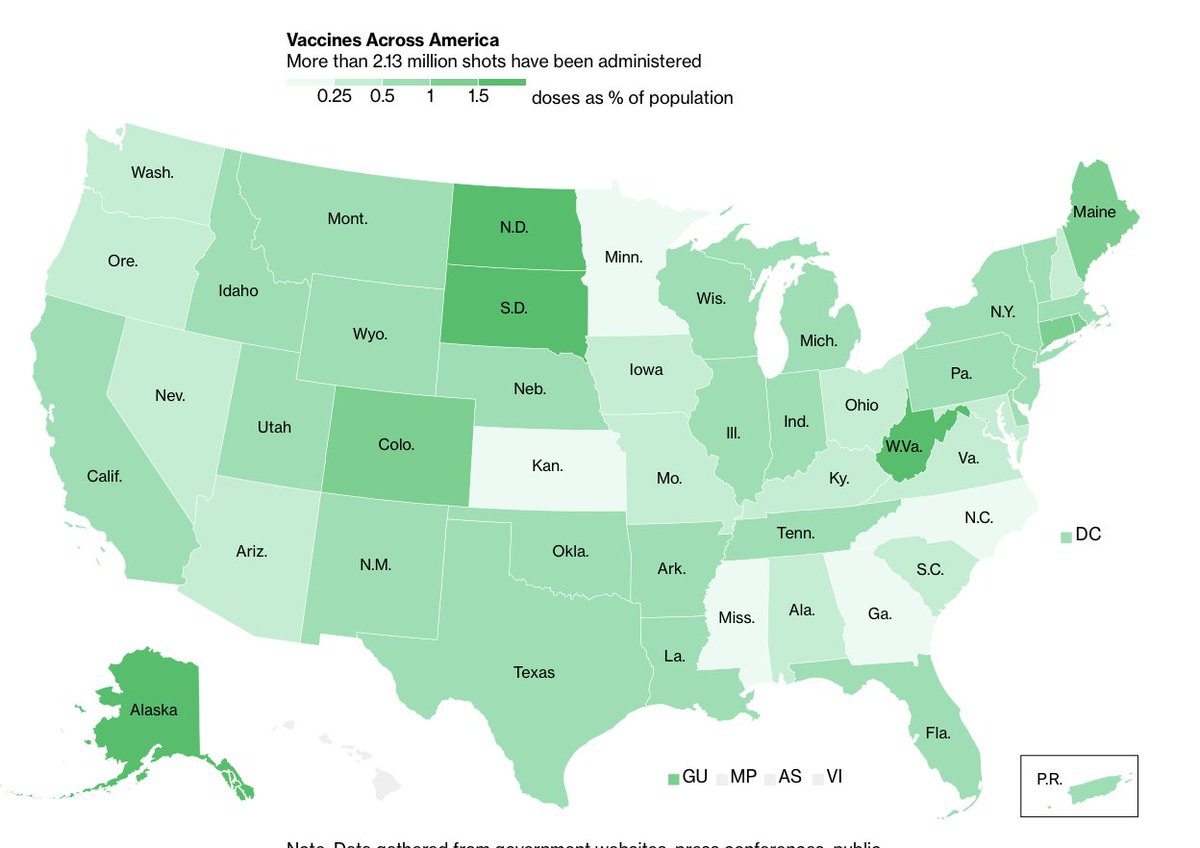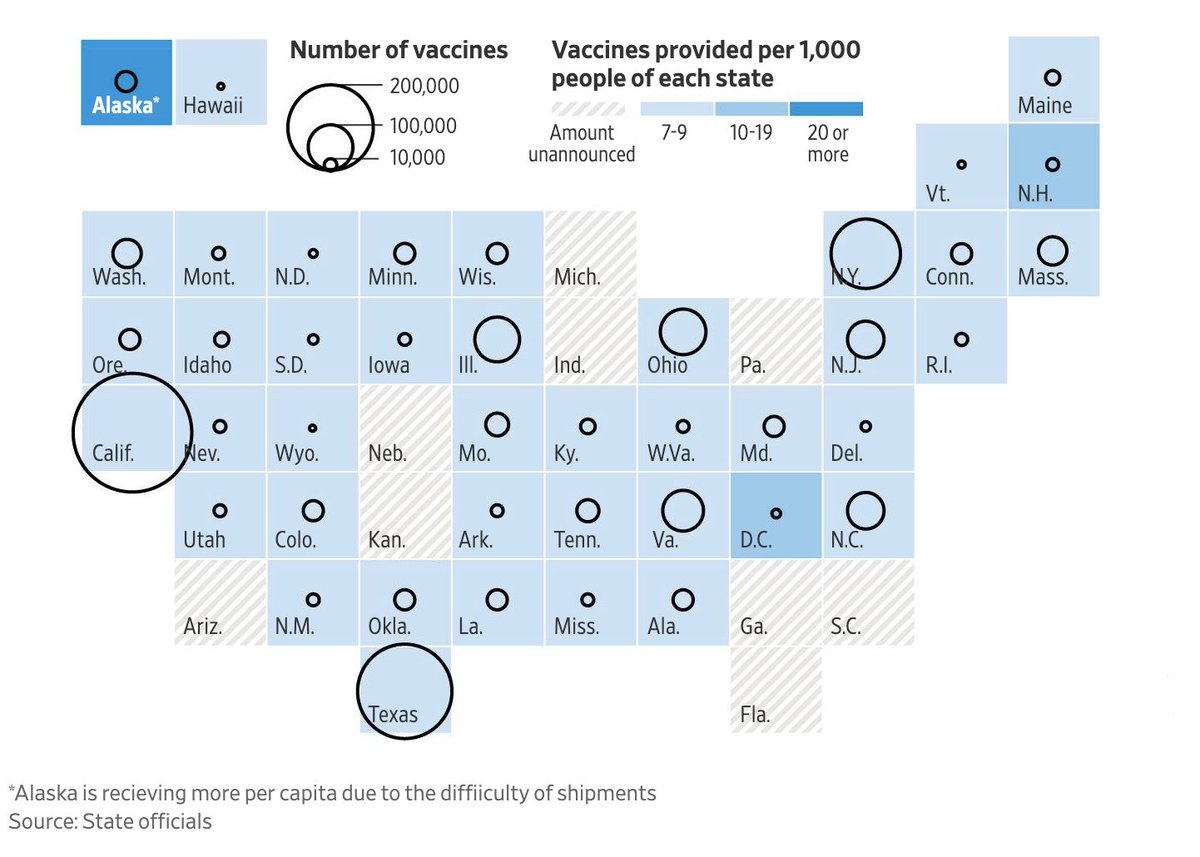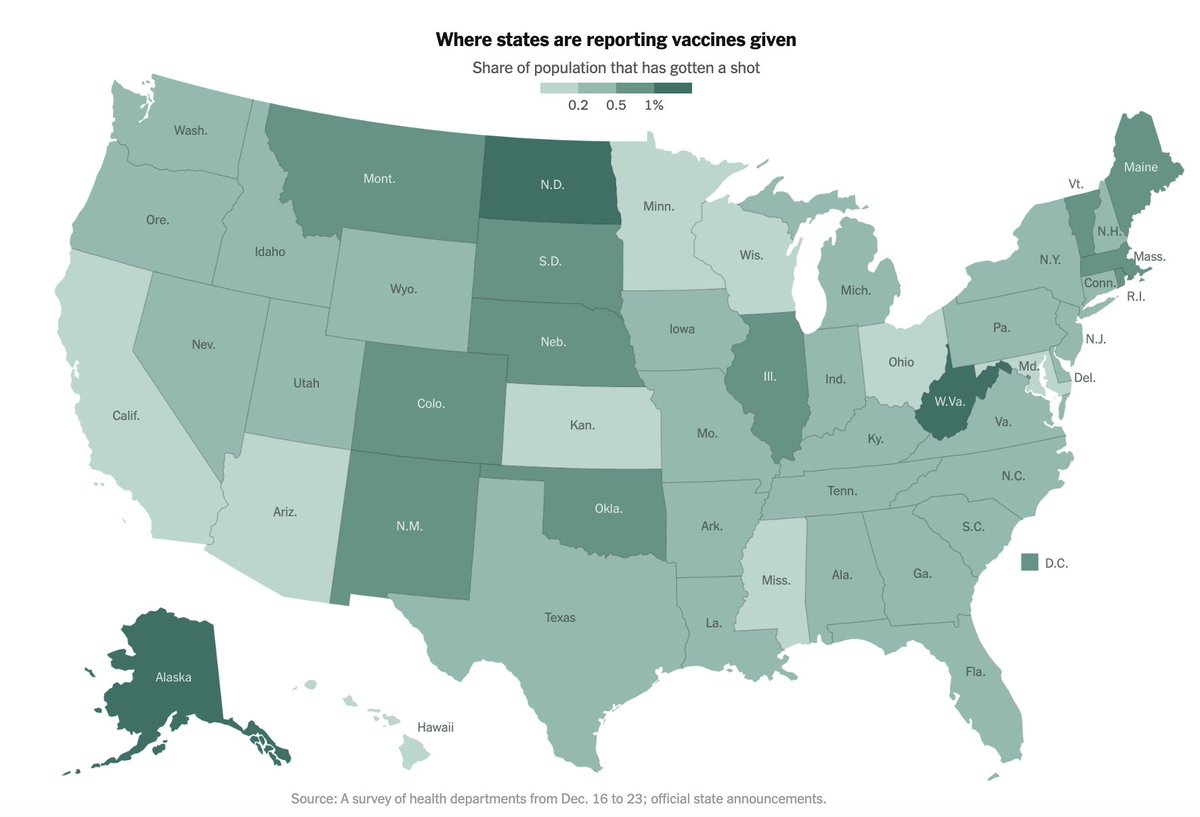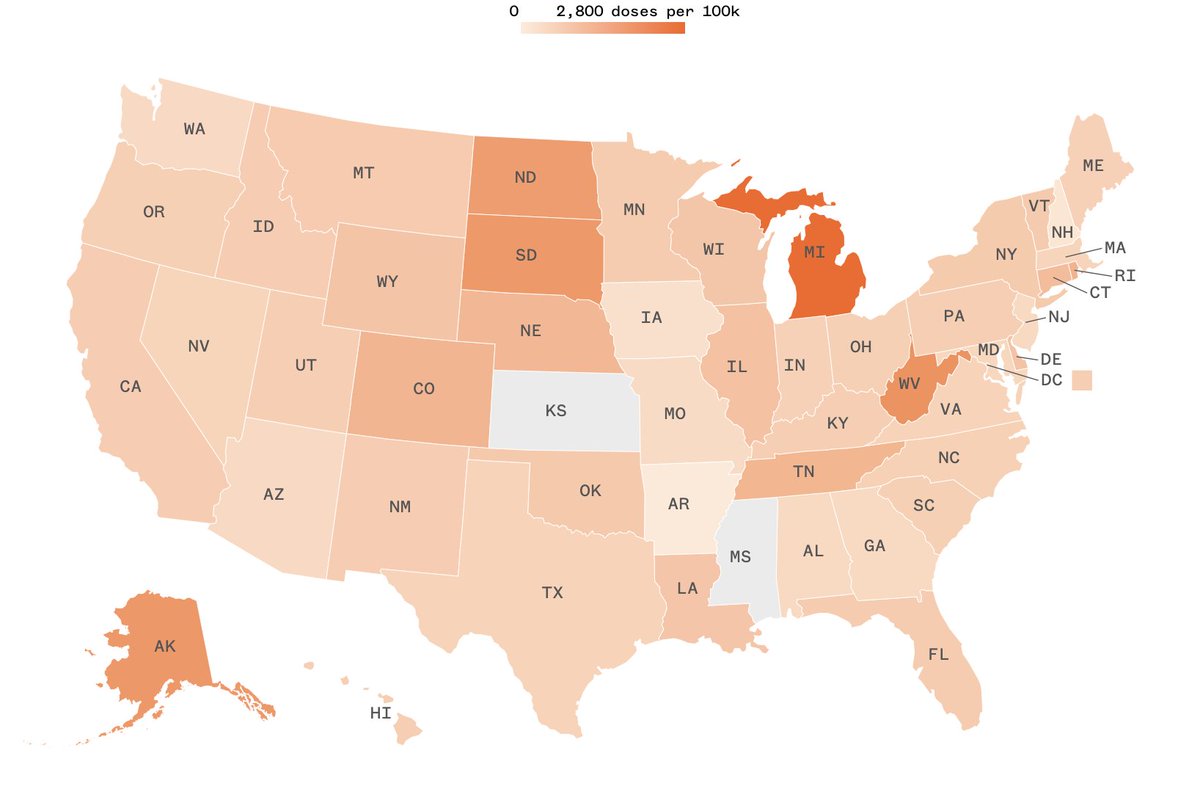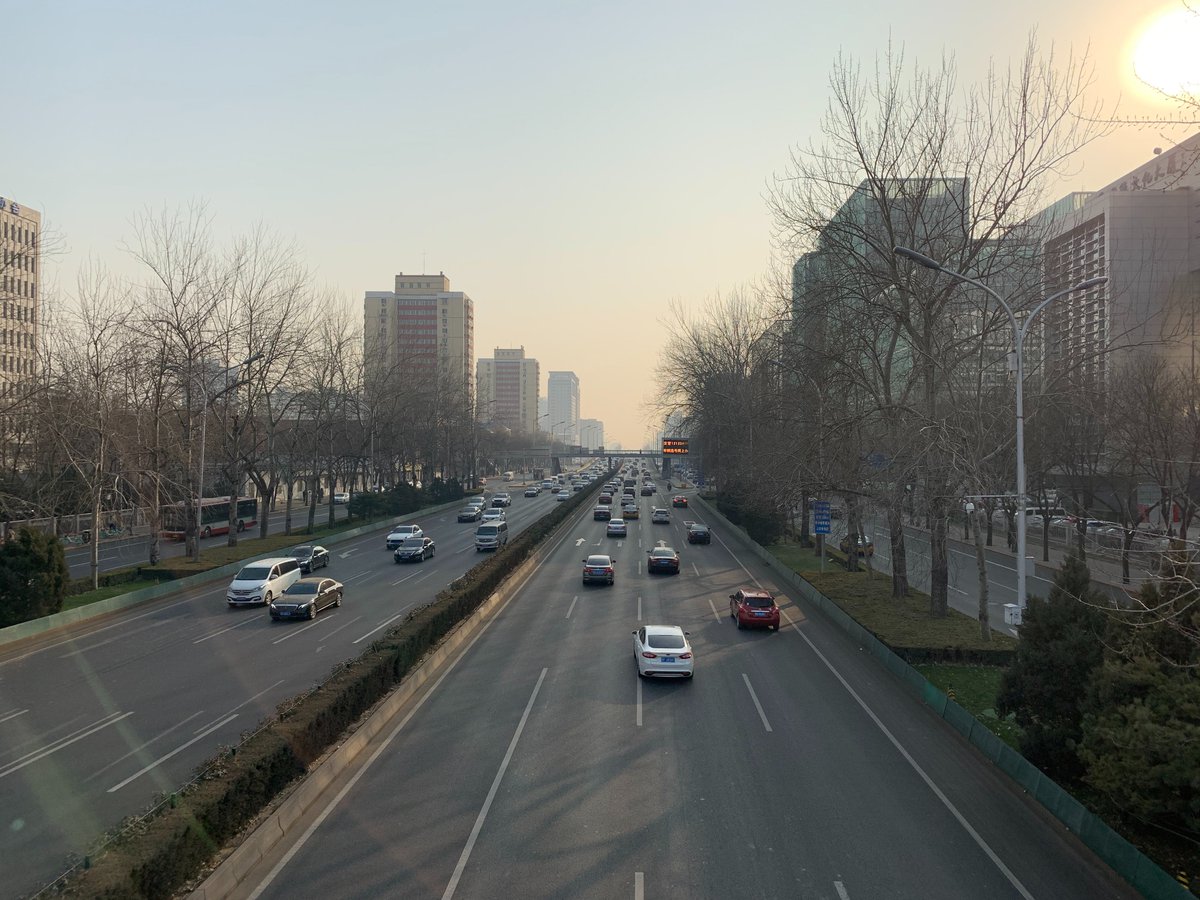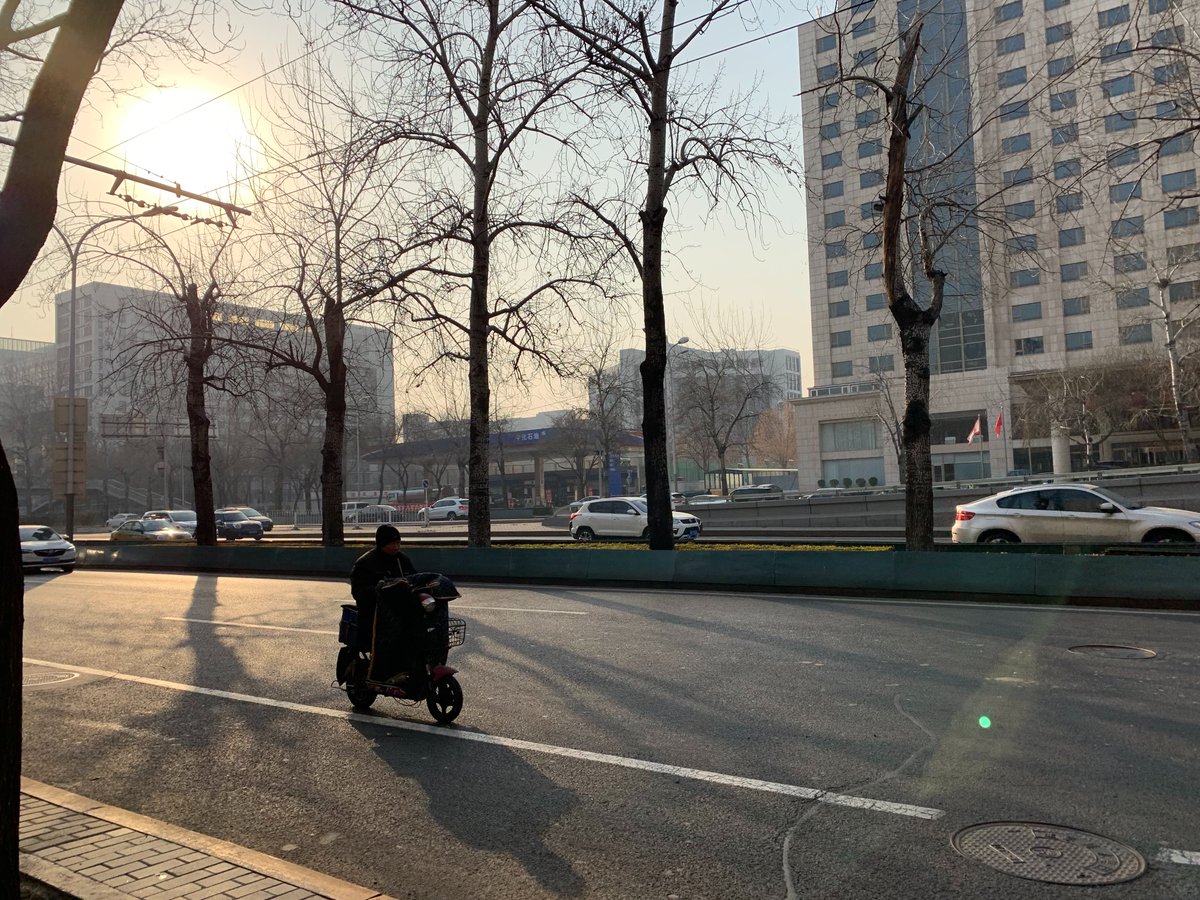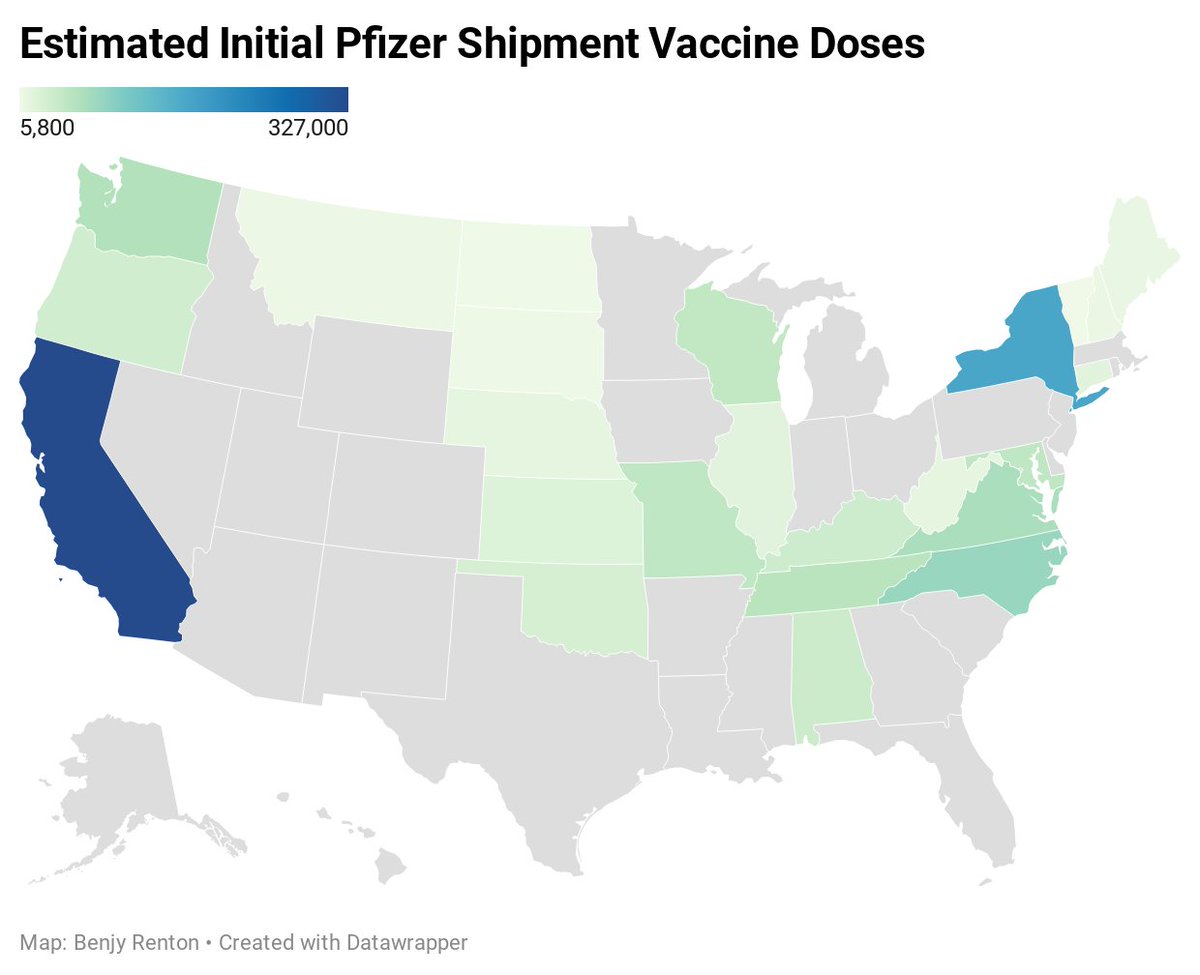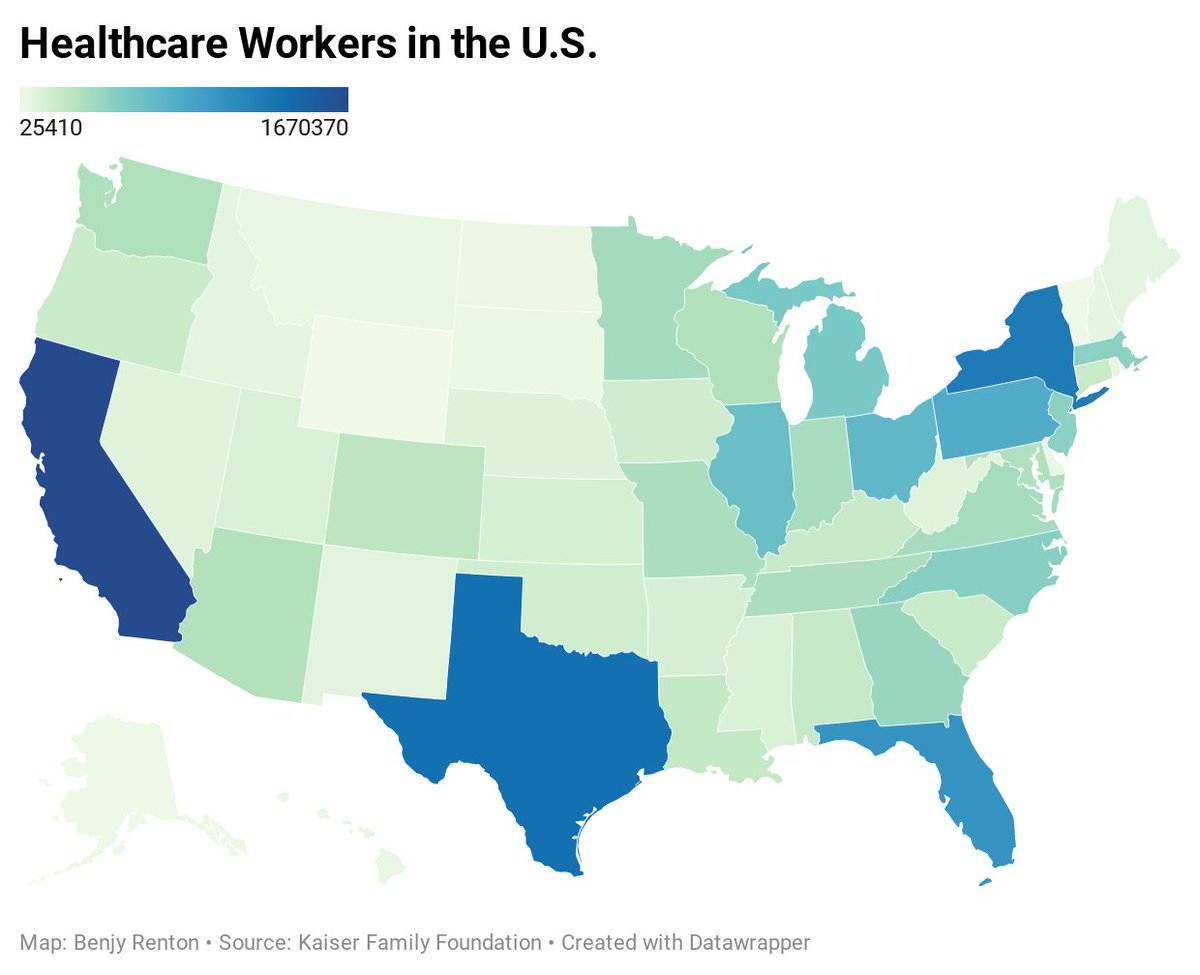
When states impose restrictions it usually takes a number of days for cases, hospitalizations and deaths to peak. But what exactly is that number? Answers from 6 other states that imposed restrictions from the summer and fall may be able to give us insights on California. 

The states used in this analysis are from the thread here, where we evaluated the impacts of Michigan's epidemic order on possible case peaks. All data are taken from @COVID19Tracking and policy dates from @JuliaRaifman and team.
https://twitter.com/bhrenton/status/1328161510087151621
Let's first look at Michigan. Compared to California, it seems that Michigan imposed restrictions slightly further along the case curve than CA did (though California's order was regional). Cases peaked 12 days after the order was imposed, hospitalizations 15 and deaths 27. 

Using data from 5 additional states that imposed various restrictions in the summer, we see the mean number of days from cases imposed to peaks are:
- Cases: 12.3
- Hospitalizations: 17.5
- Deaths: 27.3
- Cases: 12.3
- Hospitalizations: 17.5
- Deaths: 27.3

Of course, this analysis does not account for the surge brought from holiday gatherings or the fact that California is quite heterogeneous in viral spread (Southern California hospitals hit harder than Northern California, for example). However, it provides useful context.
Why is this useful? By showing how long, on average, it takes from restrictions being placed to seeing a change in cases or hospitalizations, governments can use this data to show people the effects of their actions. Emphasis on a temporary "pause" could ensure more compliance.
• • •
Missing some Tweet in this thread? You can try to
force a refresh

